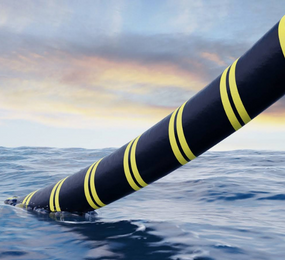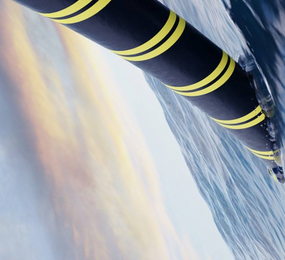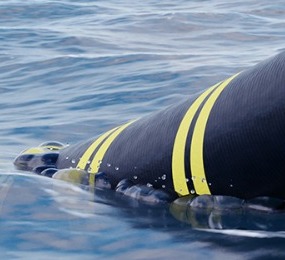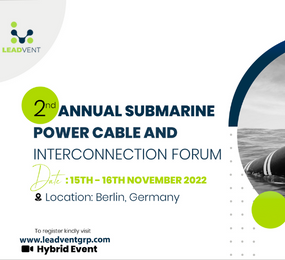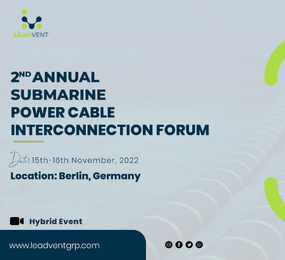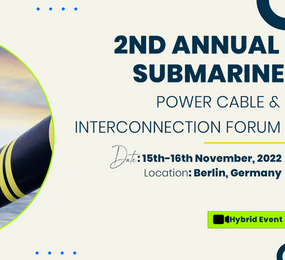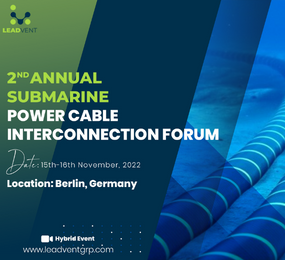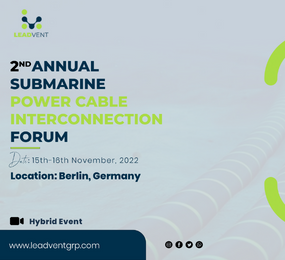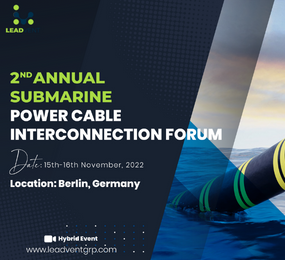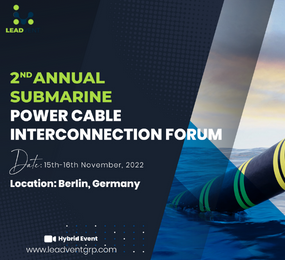Most hydropower energy is generated from dams- artificially created water reservoirs. In recent times, Hydropower systems are now combined with other kinds of energy systems to enhance power output and create dual sources of energy.
The combination of FPV and hydropower to form a hybrid system is on the increase due to its substantial benefits and potential possibilities in the global energy market. Moreso, the many advantages involved in coupling FPV and hydropower operations has made the hybrid system a promising one as it is currently gaining a lot of attractions and will be an Industry to look out for in the future.
Let's look at some of the benefits of the FPV-Hydropower hybrid system
Grid connection: Due to the presence of an already existing infrastructure, the cost of FPV system installation will automatically reduce as the anchor factor will be no longer needed.
Power Supply: For instance, in most temperate regions, FPV gives maximized power output during hot season while hydropower power supply generally reduces due to seasonal water cycle and same goes for the cold period when there is no or less sunshine- the Hydropower energy supply increases while the FPV power output reduces drastically. However, when both are coupled as a hybrid system there will be less need for energy storage as they can work hand in hand.
No land occupancy: as we all know FPV installation is done on water bodies so there's less or no need for land space which is one of its major advantages over its conventional counterparts.
Water saving and water quality: The FPV-Hydropower hybrid system enhances water quality than when installed individually especially in the case of hydropower operations which requires too many activities that can affect the environment but less activities are needed in the FPV-Hydropower combo and thus a better option. The hybrid system also helps to reduce water evaporation on the water bodies due to its shading effects.
Cooling and Tracking: The water cooling effect usually implemented due to the hosting factor increases energy harvest by 10% as it reduces the thermal drift effect on the FPV system(one of the main challenges faced by Ground-built FPV energy systems) and so also is the tracking system which are usually equipped on the hybrid system, this alone increases energy supply by 15-25% annually.
Suitable Conditions for FPV-Hydropower Systems to work
1. Ideally, the best area to install the hybrid system is Freshwater which can be converted into a dam or hydropower reservoir.
2. Proximity is key in the deployment of FPV-Hydropower hybrid systems. The FPV system must be deployed near the Hydropower generator so that the Hybrid system can be operational and interconnection to the same substation be made possible.
3. The water depth of the hydropower reservoirs is of paramount importance as the FPV system cannot be deployed on shallow water bodies. For instance, variations caused by weather situations, hydropower operations, and others could affect the FPV system negatively if installed on shallow water.


